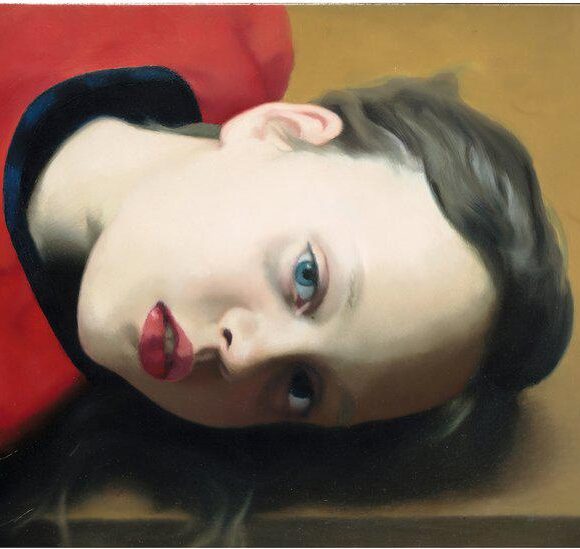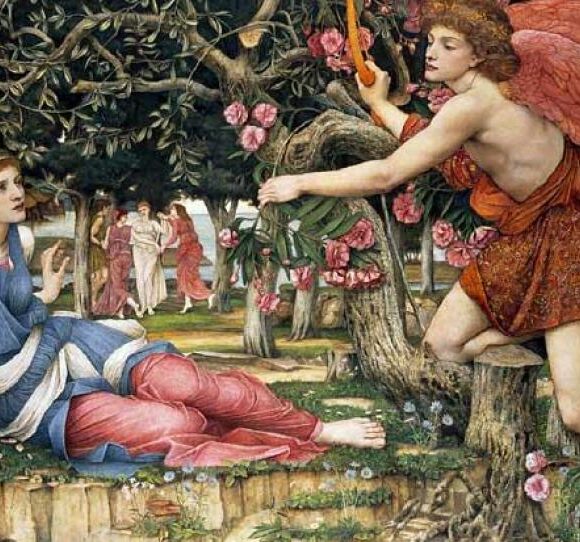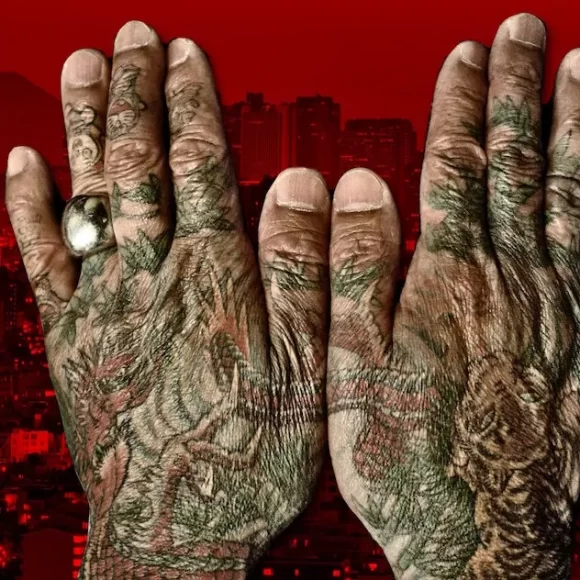Through an examination of Richter's life and work, we will explore how Richter's unique perspective has allowed him to challenge traditional artistic conventions and push the boundaries of what art can be. We will also examine the ways in which his work reflects his personal experiences and the broader socio-political contexts in which he has lived and worked.
Author: thedifferentlevel (inna Didenko)
Controversy in Conspiracy Theories?
The notion of the outsider as enlightened lies at the core of conspiracy theorist identity with the theorist assuming they are privy to special knowledge - that many cannot comprehend - uncovering the blueprint to world events. In this talk, we will explore the concept of conspiracy theory, looking at the underpinning logic and how the narratives stand out.
Japanese calligraphy: outside
the concept of "outside" in Japanese culture encompasses both the natural world and the unknown, evoking a sense of wonder, respect, and a desire to explore and understand. Join our next Japanese calligraphy session exploring the character 'outside'.
Japanese Calligraphy: green
In Japanese culture, the concept of "green" is closely linked to nature and the environment. The Japanese people have a deep appreciation for the natural world and have developed a strong sense of environmental consciousness, which is reflected in their everyday life. Join Azumi Uchitani at her next calligraphy workshop and explore concept of 'green' in Japanese culture.
Ars Gratia Artis
In the past art has been indisputably connected to a functional purpose. However, with the Industrial Revolution and the Age of Enlightenment mentality of both the aristocracy and the masses started to change and artistic creations evolved on a different path.
The Inspiring Women of China’s Political Arena
In this talk, the focus would be female rulers and talents in Chinese history, such as Wu Zetain and Ci Xi. Their rises and falls have fascinated generations of Chinese people.
Rembrandt’s Old Men and Beggars
This lecture will explore Rembrandt’s humanity, what drove his interest in these subjects and how he made compelling and compassionate art about some of the marginalised citizens of Amsterdam.
Not (HIV) Negative: Visual Representation and Viral Responsibilisation
In this talk, drawing on 20 interviews with people living with HIV during COVID-19, I suggest that creative methods can reframe how viral blame is represented and reproduced by the media, alongside whether the positive/negative binary should be rejected altogether.
The figure of the gangster in South African photography, literature and cinema
This talk will consider the representation of the gangster with regard to its manifestations in post-94 photography, literature, music and cinema. It will address the complexities at stake in the performance of the ‘urban hustler’ and masculine ‘anti-hero’ and explore the tropes of conformity, vulnerability and so-called ‘deviance’.
Yakuza in Japan: criminals or humanitarians?
Despite the crimes conducted by Yakuza, they call themselves ninkyō dantai (literally meaning “chivalrous organisation”), securing streets from impulsive crimes and establishing the order. Join Azumi Uchitani’s next talk about Yakuza, also known as ‘necessary evil’ and explore its complex image in society.










